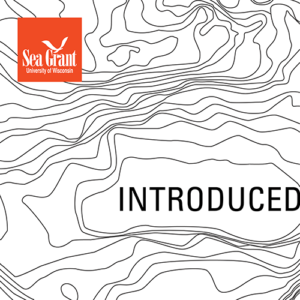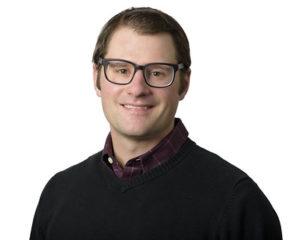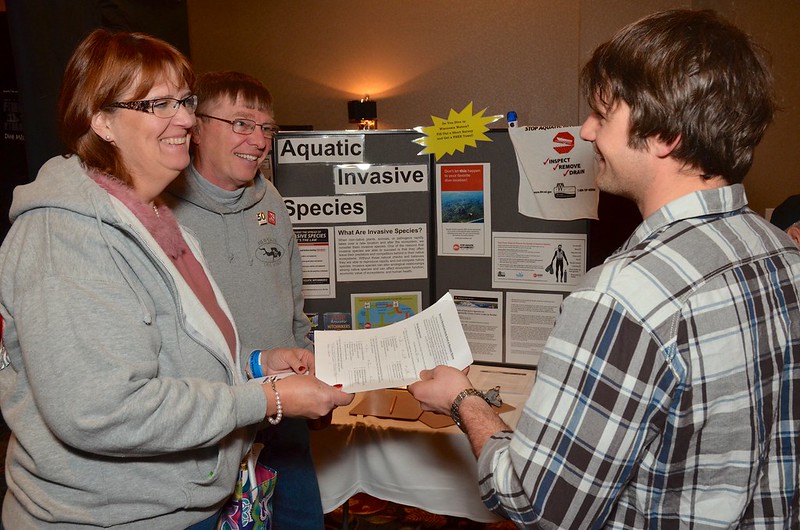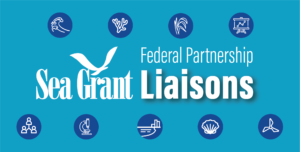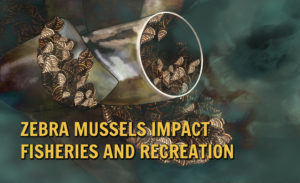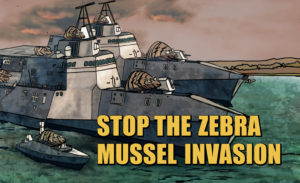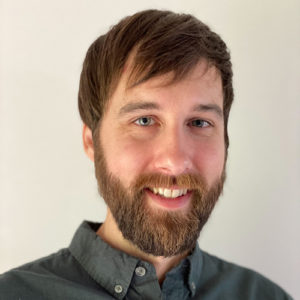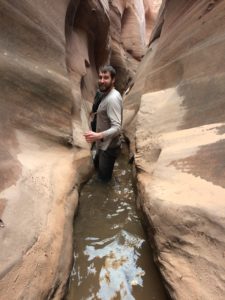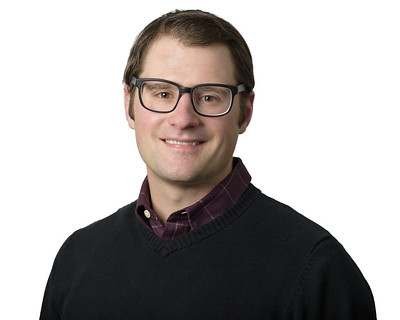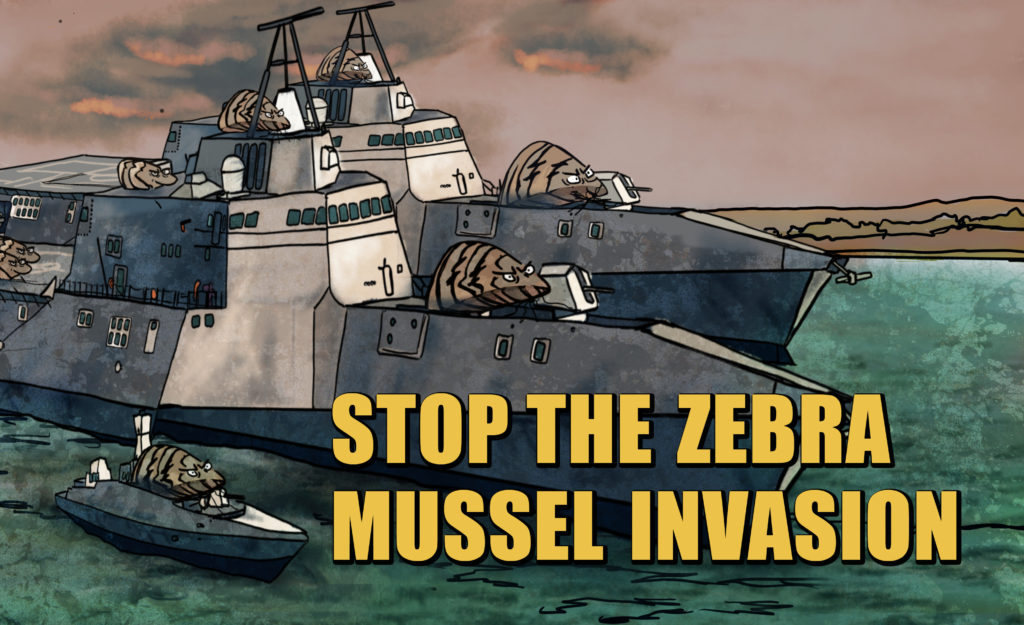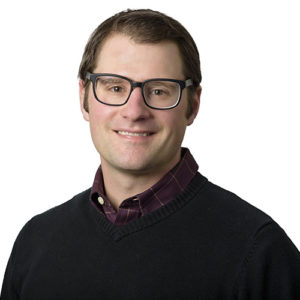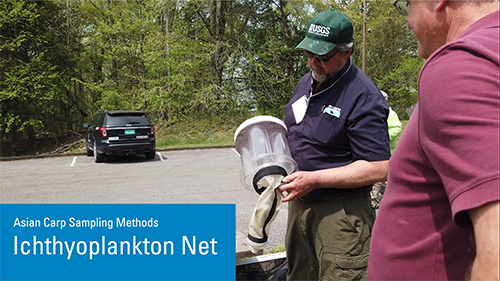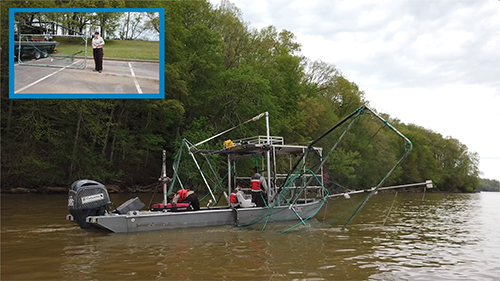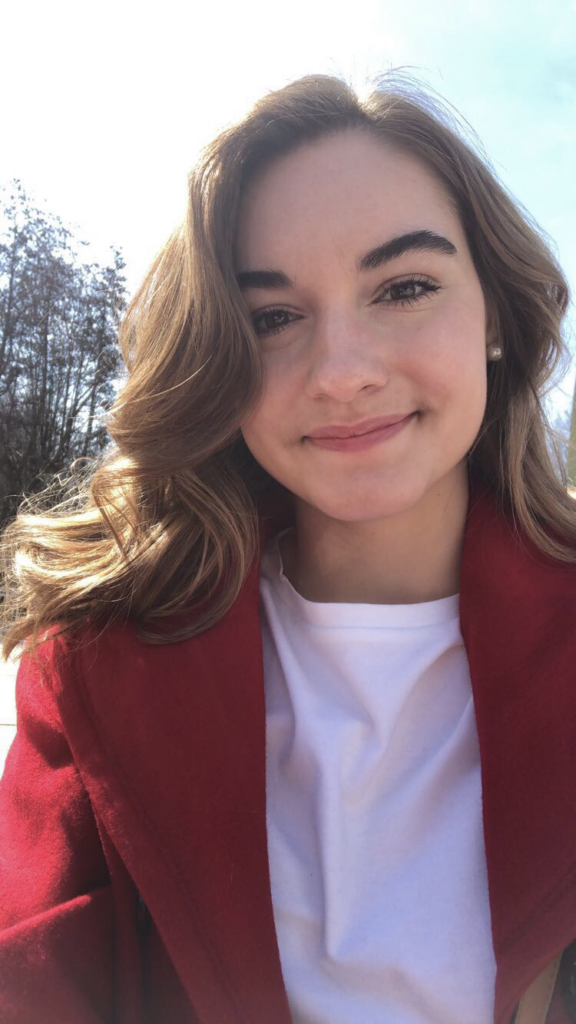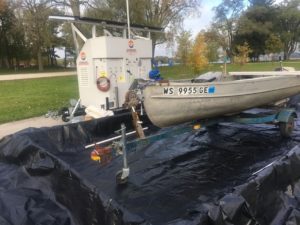Wisconsin Sea Grant garners good showing in the Lakie Awards
Podcast host Stuart Carlton calls the Lakie Awards “the least prestigious Great Lakes podcast awards” around. Carlton hosts “Teach me About the Great Lakes,” a twice-monthly podcast produced by Illinois-Indiana Sea Grant where listeners can learn about a variety of Great Lakes topics and issues.
Mixed with tongue-in-cheek award categories like Great Lakes Donut of the Year are more typical ones. Wisconsin Sea Grant fared unusually well in the 2023 competition, earning honors for Great Lakes Research Project, Great Lakes Sandwich, Science Podcast and Great Lakes Titus of the Year.

A Lakie entry so bad that it garnered a first-ever loser award. Image credit: Tim Campbell, Wisconsin Sea Grant
Our staff members earned both the winner and runner-up categories for Great Lakes Research of the Year. Interim Wisconsin Sea Grant Director Christy Remucal and her student Sarah Balgooyen won for their journal article about discovering the source of a PFAS plume into Lake Michigan. Aquatic Invasive Species Outreach Specialist Tim Campbell and his team earned runner-up for their article about Buddhist life release rituals and the risk for unintentionally spreading aquatic invasive species.
Our podcast, Wisconsin Water News (produced by me!) earned runner-up for Science Podcast for the Year.
Fisheries Outreach Specialist Titus Seilheimer earned runner-up for Great Lakes Titus of the Year. Although this category is named after Titus, it wouldn’t look good for him to win it, so this year, those honors went to the Titus Bakery chain in Indiana.
Campbell had the distinction of being named a first-ever loser in the Great Lakes Sandwich of the Year competition. He submitted a photo of a mac-and-cheese hot dog covered with fruit loops cereal, which was too gross for the Lakies judges to even consider.
Despite their lack of prestige, our staff are proud of their showing in the Lakies and appreciate this outreach effort by Illinois-Indiana Sea Grant. To see a list of the other winners, please access the episode here.
The post Wisconsin Sea Grant garners good showing in the Lakie Awards first appeared on Wisconsin Sea Grant.Blog | Wisconsin Sea Grant
https://www.seagrant.wisc.edu/blog/wisconsin-sea-grant-garners-good-showing-in-the-lakie-awards/

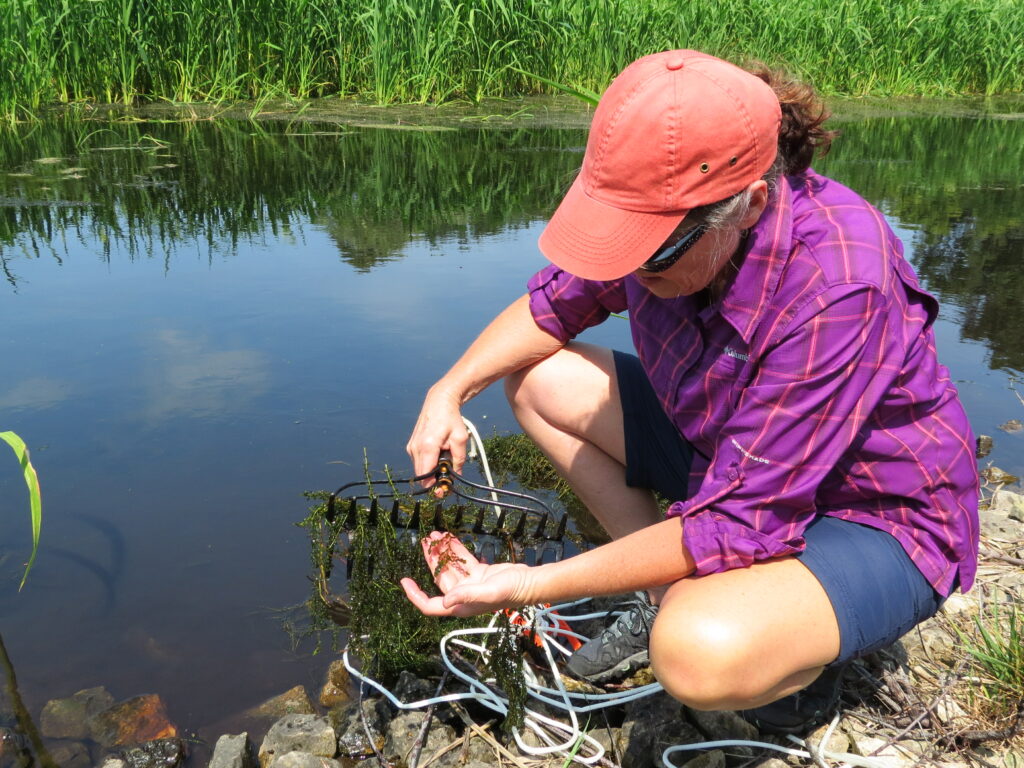
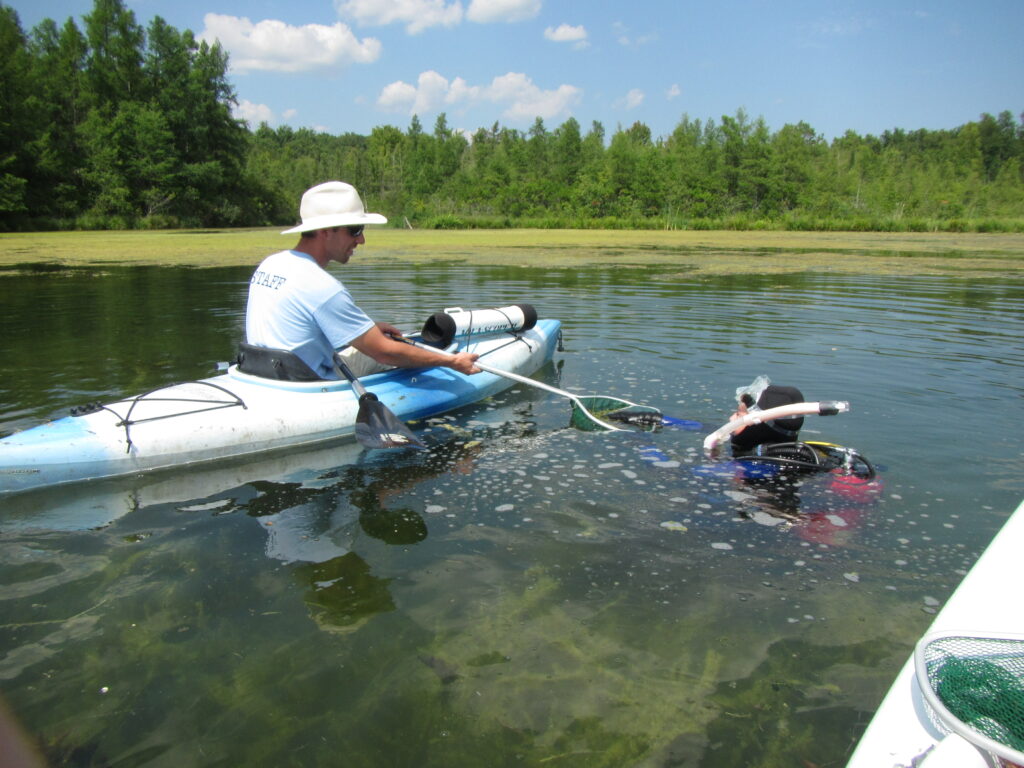
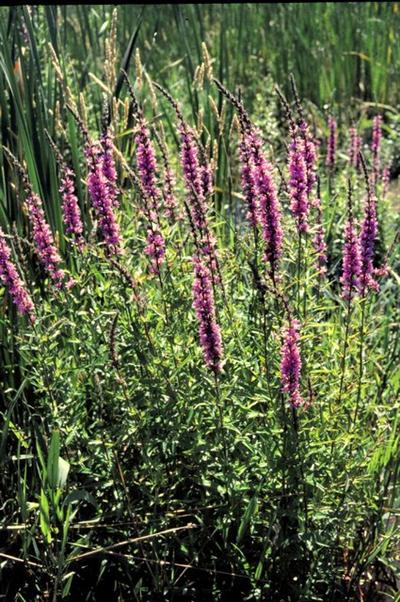
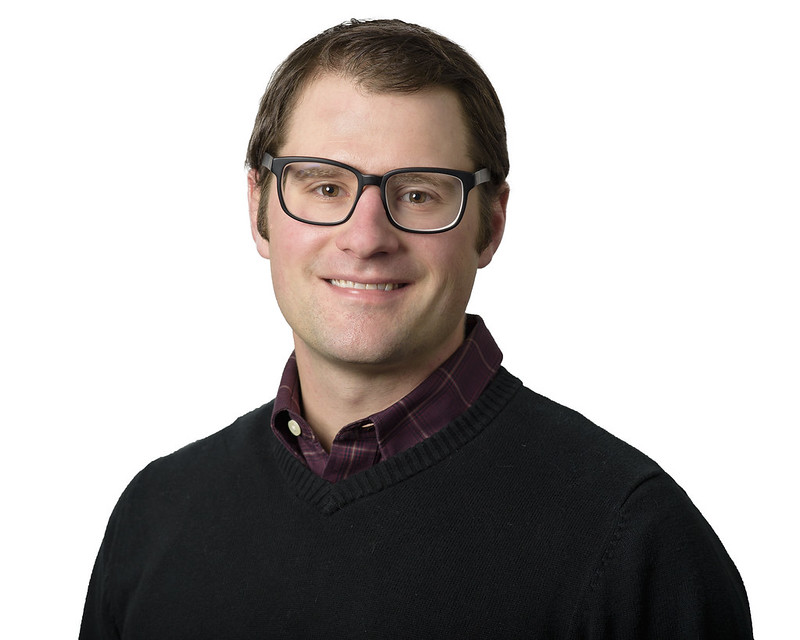
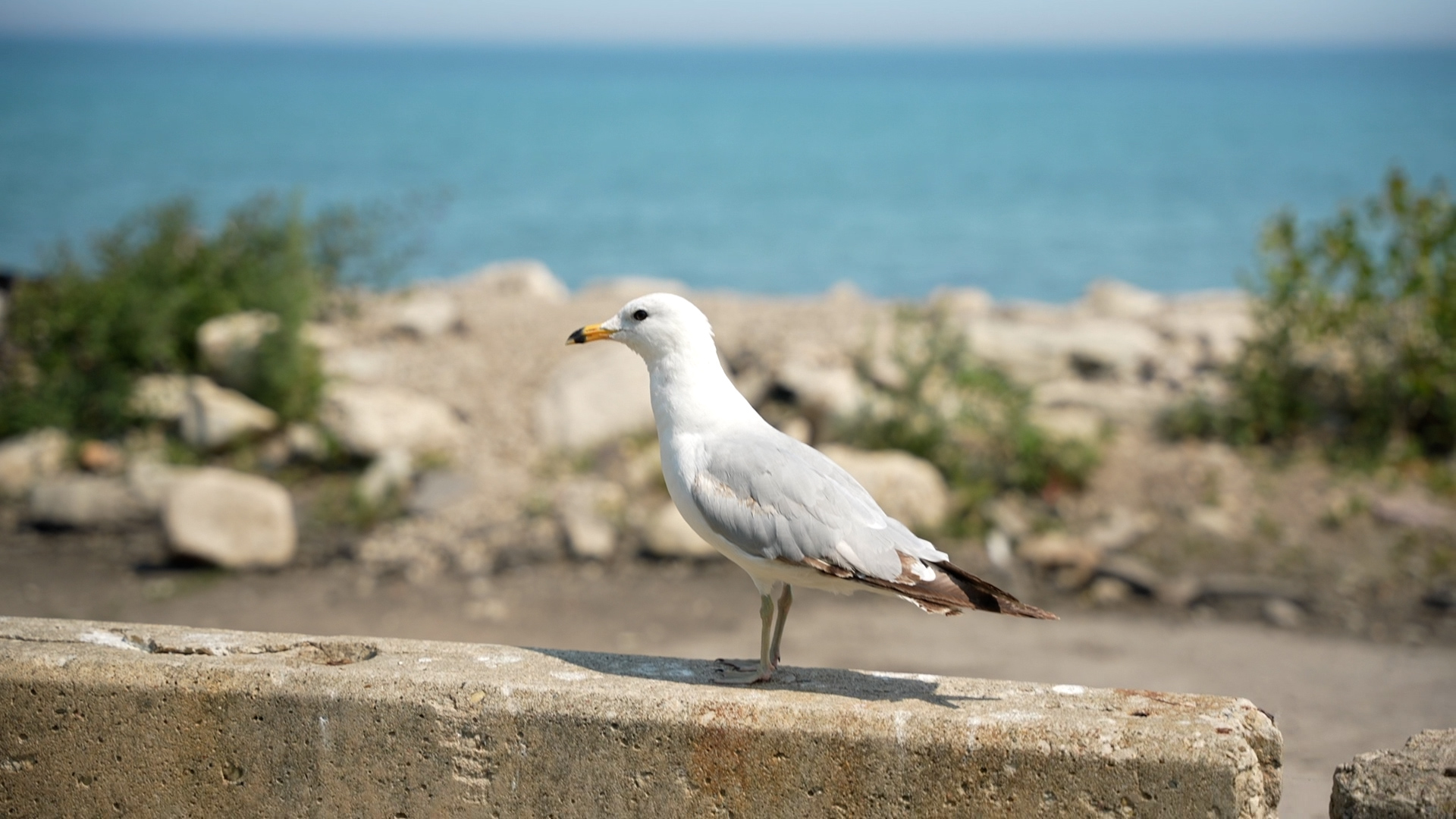
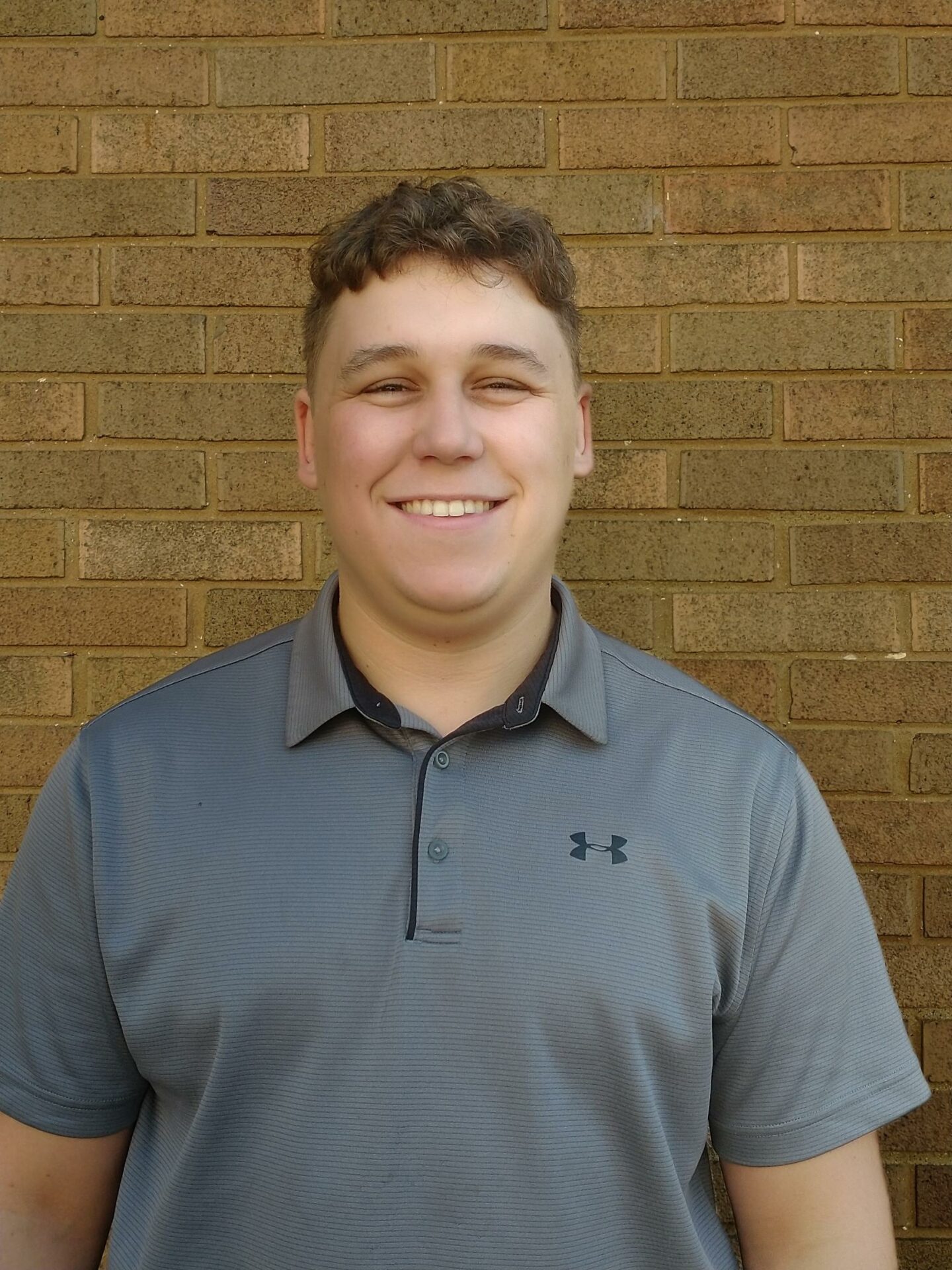
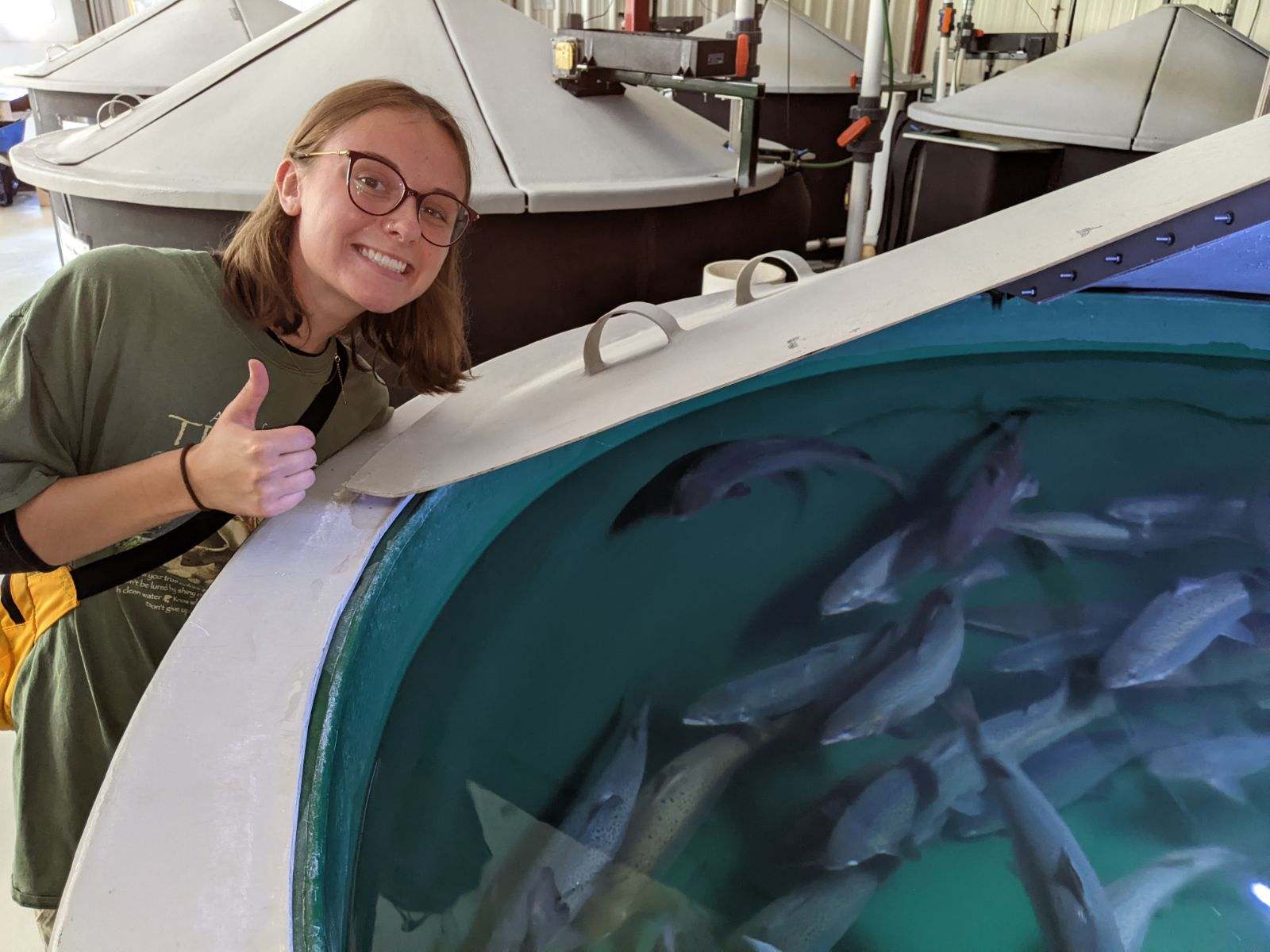
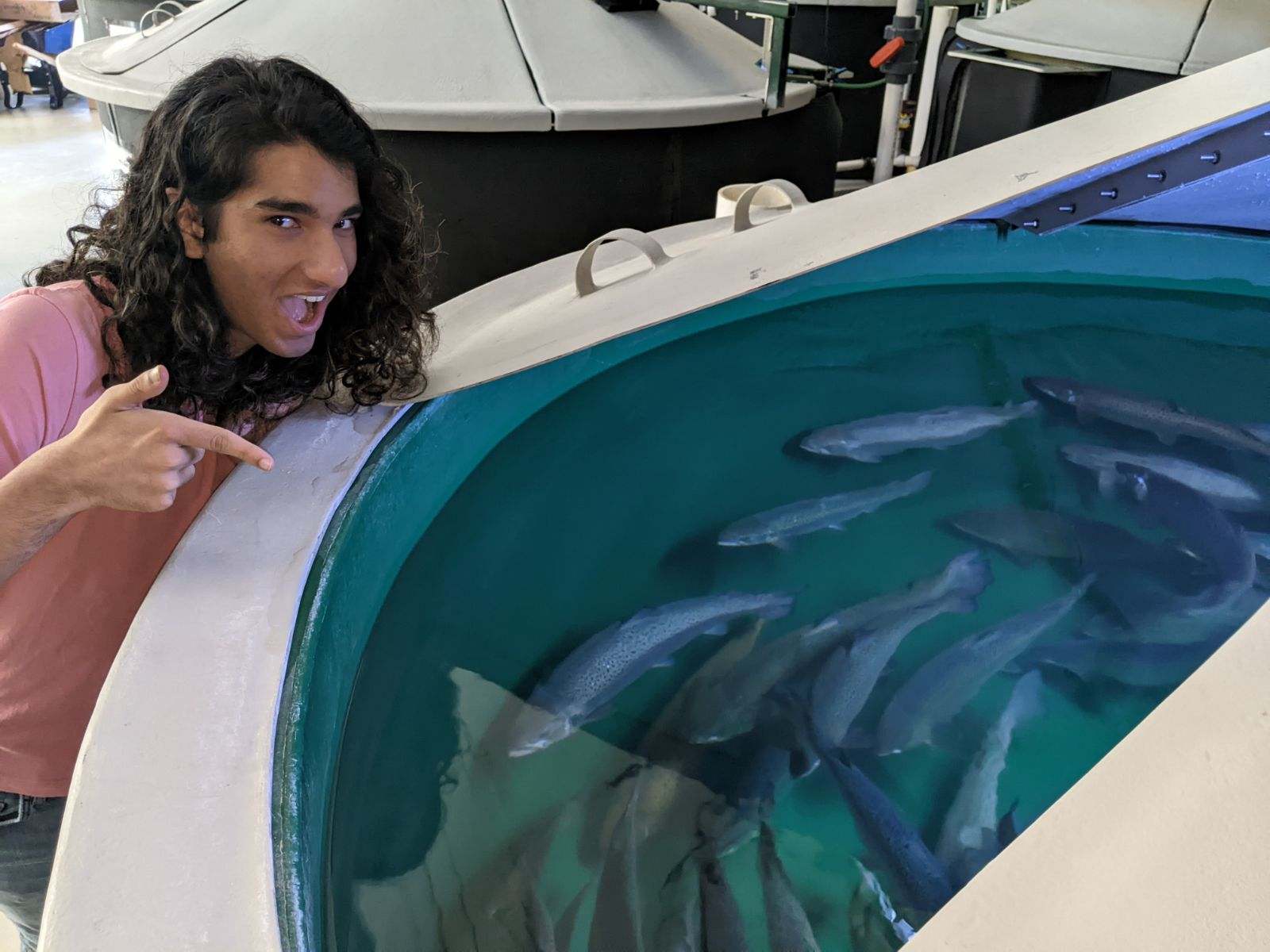

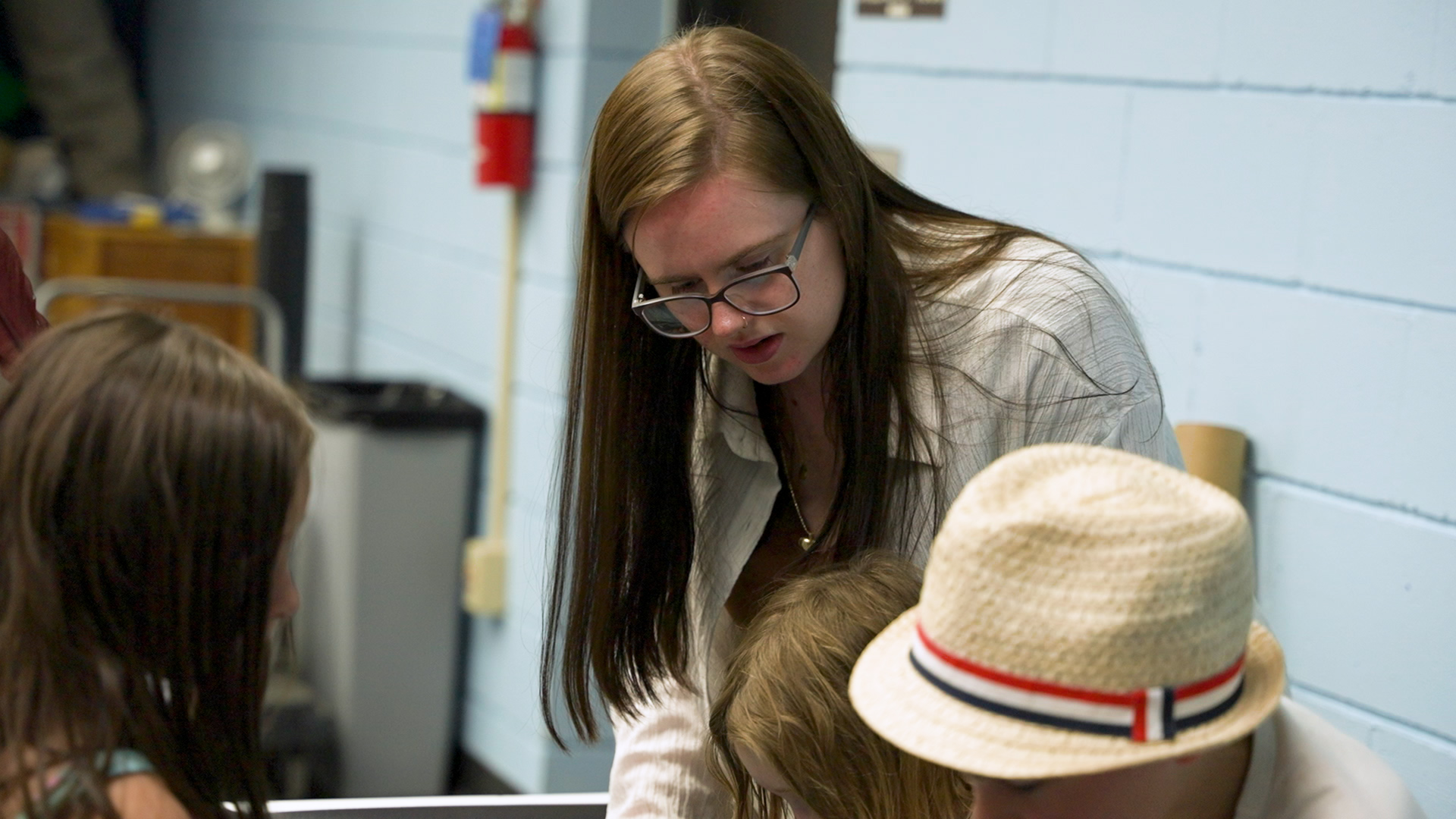
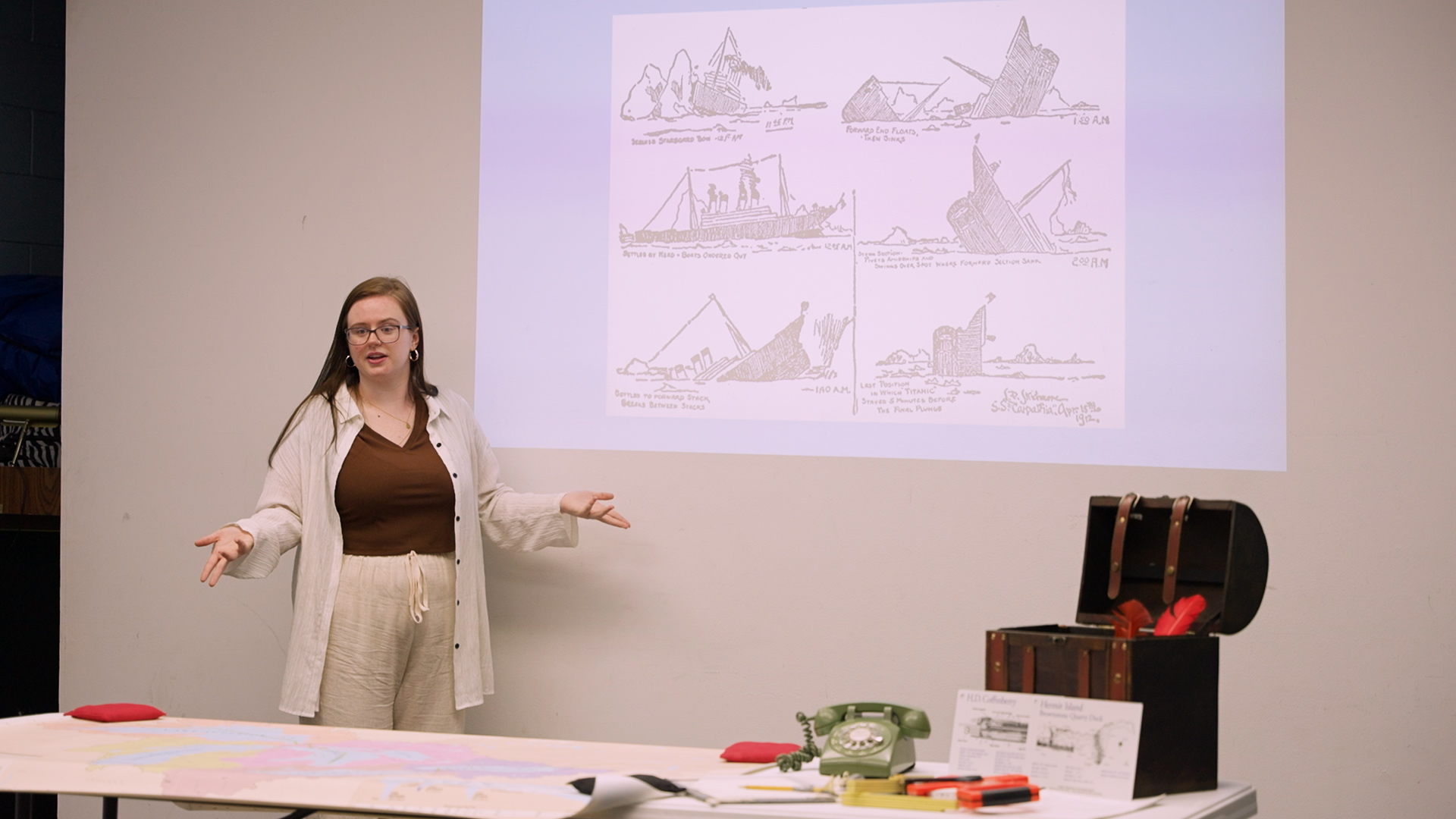
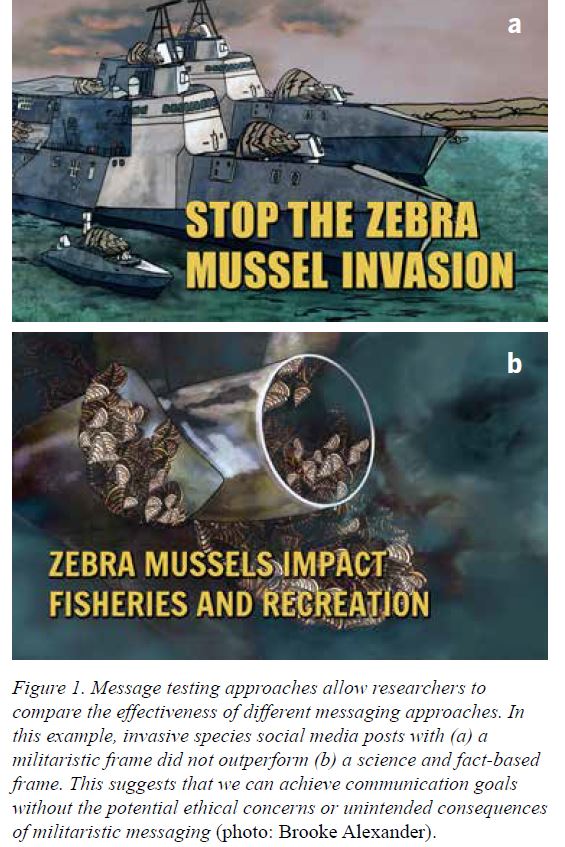 Natural resource management issues often boil down to people management issues. When it comes to lake management, people can be hard to predict. They may say one thing but do another. They may think they’re good environmental stewards even though some of their behaviors suggest otherwise. But to make meaningful progress in aquatic invasive species management issues, human behavior must be taken into account.
Natural resource management issues often boil down to people management issues. When it comes to lake management, people can be hard to predict. They may say one thing but do another. They may think they’re good environmental stewards even though some of their behaviors suggest otherwise. But to make meaningful progress in aquatic invasive species management issues, human behavior must be taken into account.